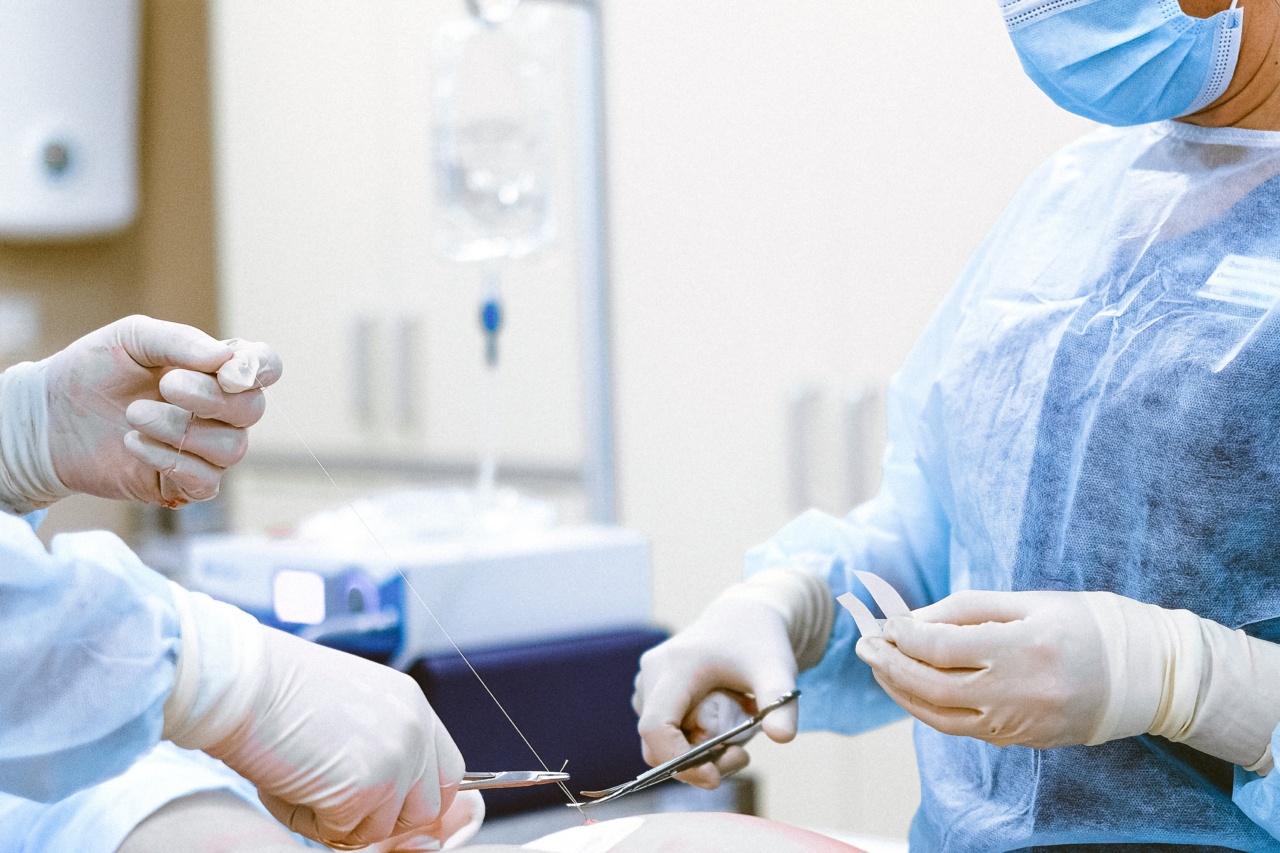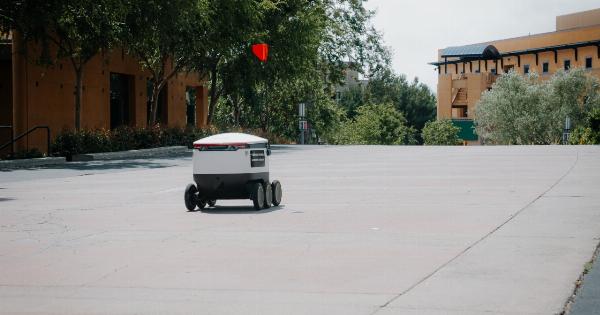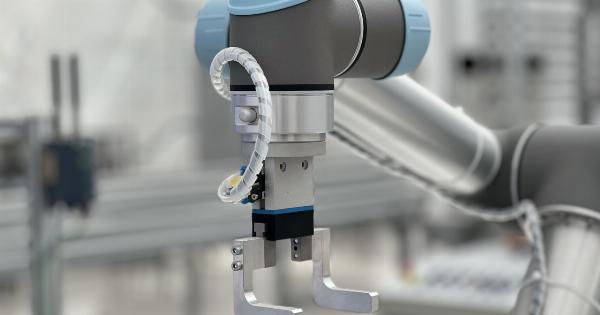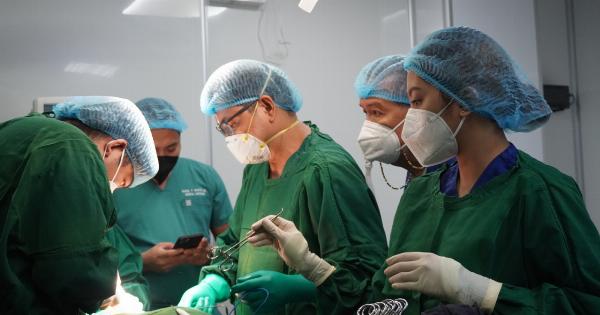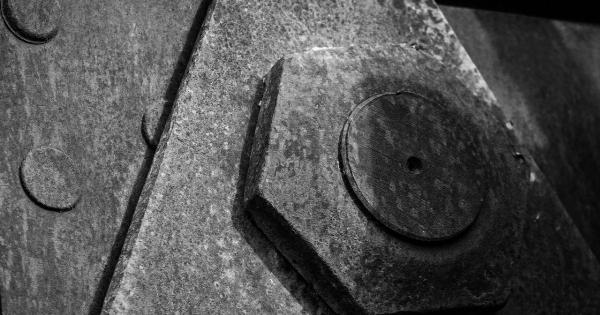Advancements in technology have revolutionized various industries, and the field of medicine is no exception.
In recent years, there has been a groundbreaking development that could potentially transform the way heart surgeries are performed: the first ever autonomous robot surgeon. This robotic innovation has the potential to significantly improve the efficiency and precision of heart surgeries, ultimately saving lives and enhancing recovery outcomes.
What is an Autonomous Robot Surgeon?
An autonomous robot surgeon, also known as a surgical robot or a robotic surgical system, is a sophisticated machine designed to assist and augment human surgeons during complex surgical procedures.
These robots are equipped with advanced artificial intelligence algorithms and cutting-edge hardware to perform surgery autonomously, without the need for direct human intervention.
The concept of autonomous robot surgeons was first introduced in the 1980s, but it is only in recent years that the technology has reached a level of capability and sophistication that makes it suitable for use in complex surgical procedures, such as heart surgeries.
The Benefits of an Autonomous Robot Surgeon
The introduction of an autonomous robot surgeon in the field of heart surgery offers numerous benefits, both for patients and surgeons. Some of these benefits include:.
1. Increased Precision
One of the main advantages of using an autonomous robot surgeon is the enhanced precision it brings to surgical procedures. Robots are capable of performing extremely delicate and accurate movements that surpass the capabilities of human hands.
This precision can lead to better surgical outcomes, reduced risks, and improved patient recovery.
2. Reduced Human Error
Human error is an unfortunate reality in any field, including medicine. However, autonomous robot surgeons have the potential to significantly reduce the occurrence of human error during surgeries.
These robots are programmed to execute surgical tasks flawlessly and consistently, minimizing the possibility of errors that could have detrimental consequences.
3. Quicker Recovery Times
Traditionally, heart surgeries often require an extended recovery period. However, with the implementation of autonomous robot surgeons, patient recovery times can be significantly reduced.
The precision and efficiency of these machines allow for smaller incisions, less trauma to the body, and ultimately quicker recoveries.
4. Enhanced Surgeon Training
Autonomous robot surgeons also have the potential to revolutionize surgeon training. This technology allows for safer, controlled environments where surgeons can practice and refine their skills without posing any risks to patients.
Surgeons can simulate complex surgical procedures repeatedly until they achieve proficiency, ensuring better outcomes for future patients.
5. Surgeon Assistance
While the term “autonomous” implies independence, these robots are designed to assist human surgeons rather than replace them entirely. Surgeons remain in control throughout the procedure, overseeing and directing the robot’s actions.
The robot’s advanced capabilities function as an extension of the surgeon’s own abilities, offering precise control and assistance during intricate surgical tasks.
The Autonomous Robot Surgeon in Action
So, how does an autonomous robot surgeon actually perform a heart surgery? The process typically involves the following steps:.
1. Preoperative Planning
Prior to the surgery, medical professionals use advanced imaging techniques, such as CT scans and MRIs, to create a detailed three-dimensional map of the patient’s heart.
This mapping helps the robot surgeon understand the patient’s unique anatomy and plan the surgery accordingly.
2. Robot Setup and Calibration
Once the preoperative planning is complete, the robot is set up and calibrated to ensure accuracy and precision.
This step involves the careful positioning of robotic arms and tools, as well as the synchronization of the robot’s movements with the surgeon’s commands.
3. Robot-Assisted Surgical Procedure
During the surgery, the autonomous robot surgeon carries out the pre-planned procedure under the supervision and control of the human surgeon.
The robot’s advanced sensors and imaging technologies provide real-time feedback to the surgeon, allowing for immediate adjustments and optimization of the procedure.
4. Postoperative Monitoring and Analysis
Once the surgery is complete, the robot surgeon continues to monitor the patient, providing valuable data and feedback to the medical team. This data assists in postoperative analysis and helps identify any potential issues or complications.
The Future of Heart Surgery
The introduction of the first ever autonomous robot surgeon marks a significant milestone in the field of heart surgery.
This groundbreaking technology has the potential to revolutionize the way heart surgeries are performed, ultimately benefiting both patients and surgeons. As the technology continues to advance, we can expect even greater precision, efficiency, and safety in surgical procedures.
Conclusion
The first ever autonomous robot surgeon represents a remarkable advancement in the field of heart surgery.
With its ability to offer increased precision, reduced human error, quicker recovery times, enhanced surgeon training, and valuable assistance during surgeries, this technology has the potential to set a new standard for surgical procedures. As the autonomous robot surgeon continues to evolve and become more widely adopted, we can look forward to a future in which heart surgeries are performed with unprecedented efficiency and outcomes.
